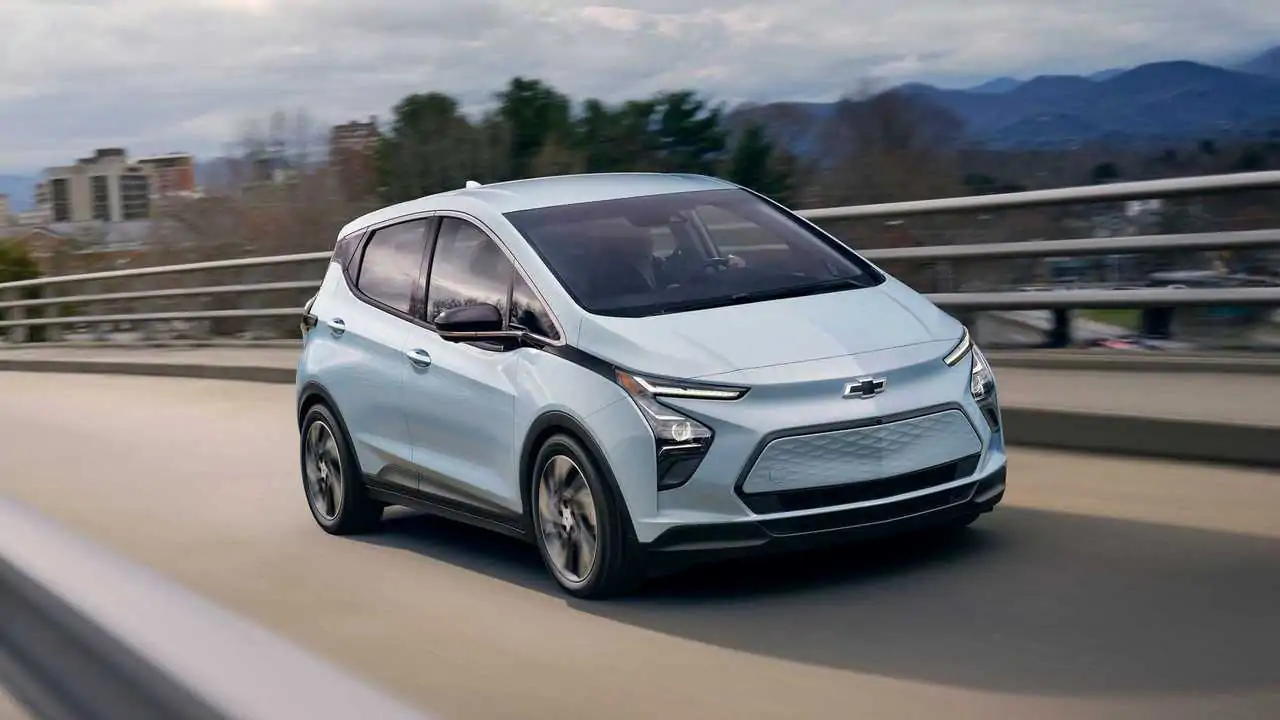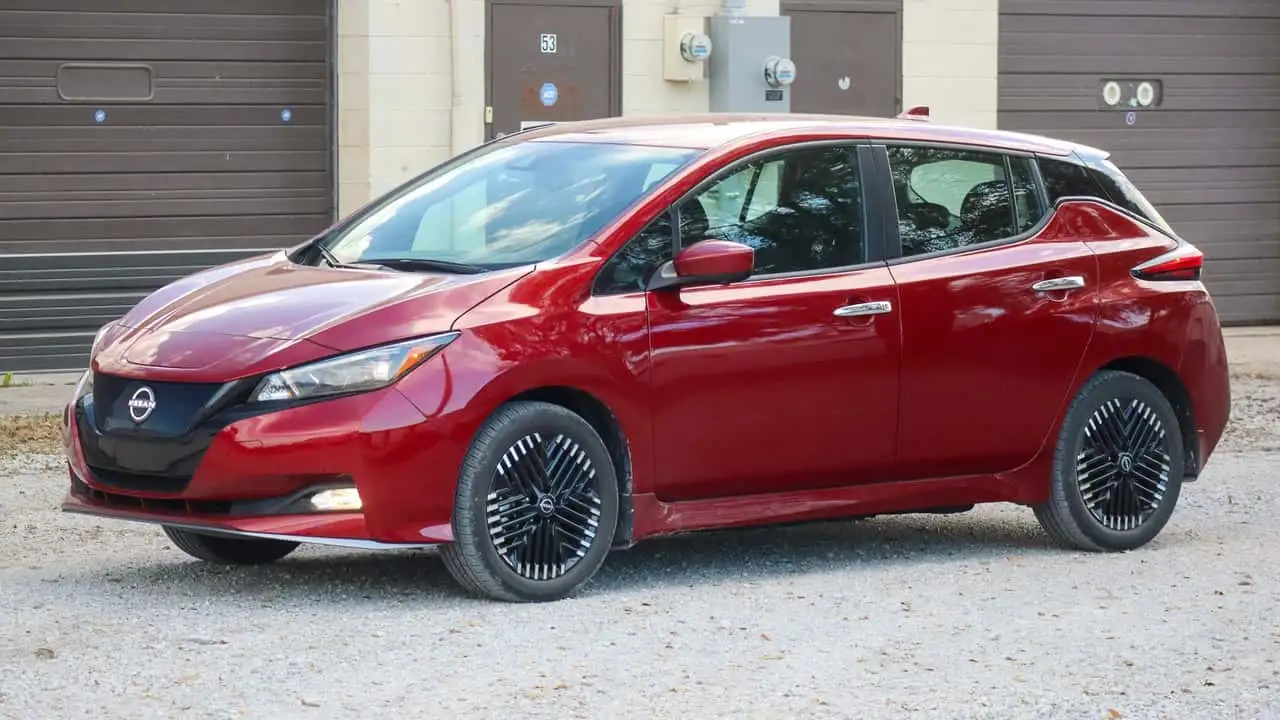Understanding Electric Car Maintenance
Maintaining an electric vehicle (EV) is considerably simpler and more cost-effective than a traditional gas-powered car. While the upfront cost of EVs may be higher, they save owners money in the long run through lower maintenance costs and affordable home charging. Here’s a detailed guide on how to keep your electric car running smoothly.
Simplified Maintenance Routine
EVs are designed with fewer mechanical components, which means less frequent servicing compared to gas-powered vehicles. Electric car owners avoid expenses associated with tune-ups, oil changes, cooling system flushes, transmission servicing, and replacement of parts like air filters, spark plugs, and drive belts. Studies suggest that maintaining an EV costs about half as much as maintaining a conventional vehicle.

Regular Checks and Services
Despite their simplicity, EVs still require some routine maintenance. Manufacturers recommend regular checks and services to keep warranties valid and ensure vehicle longevity. Failing to follow the suggested maintenance schedule could result in voided warranties and costly repairs.
Typical maintenance tasks include tire rotation, replacing the cabin air filter and wiper blades, and topping off the washer fluid. Manufacturers advise that these tasks, aside from basic ones like checking tire pressure and washer fluid levels, should be handled by trained technicians at authorized service centers.
Specific Maintenance Schedules for Different EVs
Chevrolet Bolt EV Maintenance
- Monthly (by owner): Check tire pressure, inspect tires for wear, and refill windshield washer fluid.
- Every 7,500 miles: Rotate tires, check coolant levels, inspect for leaks, check brakes and various mechanical components, lubricate body parts, and inspect suspension.
- Twice a year: Rinse the underbody to remove corrosive materials.
- Every 15,000 miles: Replace windshield wiper blades.
- Every 36,000 miles: Change cabin air filter.
- Every 75,000 miles: Replace hood and body lift support gas struts.
- Every 5 years: Change vehicle coolant and brake fluid.
- Every 7 years: Replace air conditioning desiccant.
Nissan Leaf Maintenance
Nissan provides two maintenance schedules based on driving conditions:
- Schedule 1 (Severe conditions): Includes frequent short trips, stop-and-go driving, dusty or rough roads.
- Schedule 2 (Highway driving in mild conditions): Requires less frequent maintenance.
Typical tasks include rotating tires every 7,500 miles, changing the cabin air filter every 15,000 miles, replacing brake fluid every 30,000 miles, and changing coolant every 120,000 miles.
Tesla Maintenance Recommendations
- Every 4 years: Check and replace brake fluid if necessary, and replace the A/C desiccant bag.
- Every 2 years: Replace the cabin air filter.
- Every 3 years: Replace the HEPA filter.
- Annually or every 12,500 miles: Clean and lubricate brake calipers, especially in areas with salted roads.
- Every 6,250 miles: Rotate tires.
Tesla also notes that under normal circumstances, the battery coolant does not need replacement for the life of the vehicle, and brake fluid should not be topped up.

Battery Pack Considerations
The battery pack is the most expensive component of an EV and will degrade over time, losing its ability to hold a full charge. This degradation is gradual and more noticeable in older EV models. Modern EVs typically maintain a sufficient range for years, but owners might eventually see a decline in range that necessitates battery replacement or upgrading to a new vehicle.

Conclusion
While EVs require less maintenance than gas-powered cars, they are not entirely maintenance-free. Regular upkeep of tires, brakes, suspension, and other components is still necessary. Always consult your owner’s manual for specific maintenance guidelines to ensure your electric car remains in peak condition.
